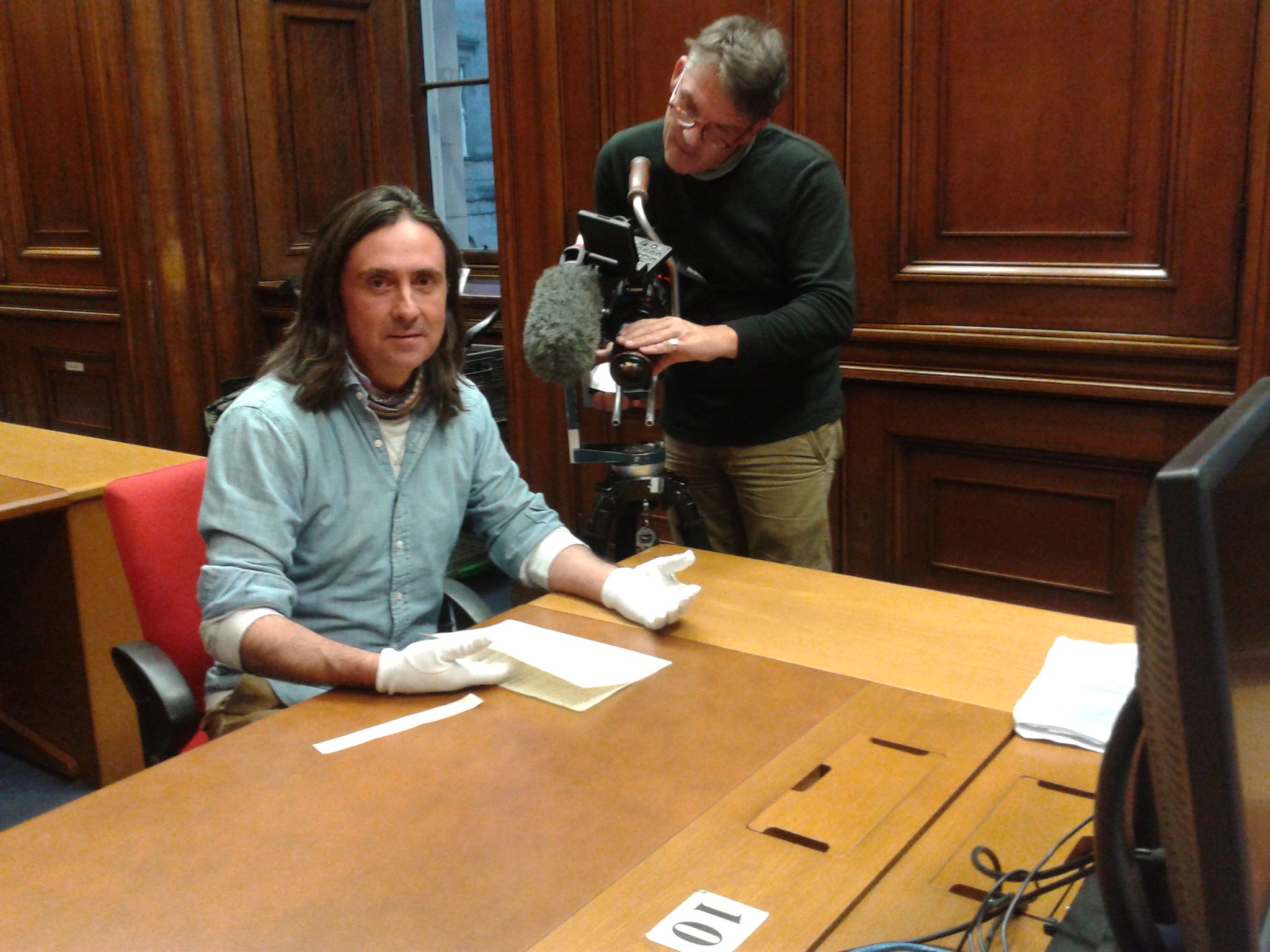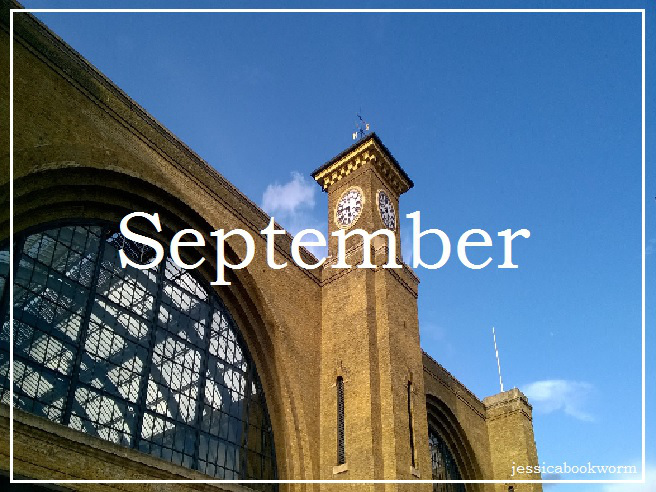If you watched and enjoyed “The Hector: From Scotland to Nova Scotia” on BBC 2 yesterday (if you missed the programme it’s currently on the iplayer), you’ll have seen Neil Oliver viewing documents in our Historical Search Room. You may also have noticed he’s wearing white gloves – something we don’t generally require readers in our search rooms to do, unless they are handling photographs.
 Neil Oliver in our Historical Search Room wearing white gloves to handle a document.
Neil Oliver in our Historical Search Room wearing white gloves to handle a document.
There are different schools of thought about the value of wearing white cotton gloves. While once it was common place, it has become a matter of debate. It’s sometimes pointed out that not wearing gloves at all would be better than wearing ill-fitting or dirty gloves – something we agree with.
So why were gloves worn on this occasion? At National Records of Scotland we require clean, well-fitting gloves to be worn during filming in order to protect the records that the programme presenters handle, because usually they are handling them more than is necessary when simply reading a document in our search room.
We need to protect the documents from the cumulative damage caused by handling. In everyday life we tend to overlook the amount of sweat, oil and dirt on our fingers – using a freshly cleaned smart phone screen gives an idea of how much can come off our hands.
For filming we also offer vinyl gloves, which make handling easier, but production companies often prefer the white cotton ones – they do, after all, look better than purple vinyl on screen.
The gloves are also a visual indication that the document is fragile and precious, and that we are caring for it professionally. The documents, plans, drawings and photographs we hold are precious, and we treat them as such. Touching any original documents with bare hands (however clean) can suggest to a viewer that we are careless with their handling – something that could not be further from the truth.
Dr Tristram Clarke, Head of Outreach
Share this:





